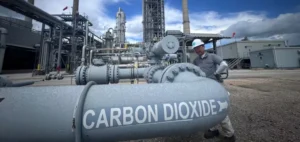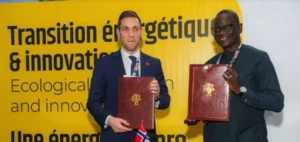The Vietnamese government has officially launched a pilot Emissions Trading Scheme (ETS) to regulate emissions from three strategic industries. This market primarily targets the cement, steel, and thermal electricity sectors, collectively responsible for a significant portion of national emissions. The initiative forms part of a national regulatory framework aimed at meeting climate objectives set by the country under the Paris Agreement. Scheduled to run until December 2028, this pilot project marks the first phase before broader implementation across additional economic sectors from 2029 onward.
Pilot Carbon Market Operation
During the initial phase, most emission quotas will be allocated to participating companies for free, facilitating a gradual adaptation to the new system. However, companies must adhere to strict carbon intensity thresholds measured in emissions per production unit. The government allows up to 30% of company emissions to be offset by carbon credits, sourced from domestic or international projects. This flexibility aims to ease the transition for involved industrial sectors while minimizing immediate impacts on their competitiveness.
In practice, quota transactions will be managed by the Hanoi Stock Exchange (HNX), with market activities supervised by specialized financial intermediaries. A centralized national registry will also be established to precisely track quota allocations, trades, and offsets carried out by participating companies. This registry is essential for ensuring transparency and traceability, critical components for the successful operation of a regulated carbon market. The Vietnamese government has additionally announced that initial quota allocations for the 2025-2026 period will be distributed by the end of 2025.
Challenges and Outlook for Targeted Industrial Sectors
The establishment of this carbon market represents a significant regulatory shift for targeted sectors, particularly energy-intensive industries emitting substantial greenhouse gases (GHG). Cement and steel industries will need to adapt their production processes to meet the new carbon intensity requirements. For the thermal power sector, heavily reliant on coal, companies must either enhance efficiency at existing facilities or contemplate substantial investments to reduce overall emissions.
Beyond immediate compliance concerns, this pilot project also prepares Vietnam’s industrial sector for gradual integration into international carbon markets. Such integration could influence future investment strategies, both operationally and technologically. The regulatory evolution expected post-2028, potentially extending to sectors like freight transport and commercial buildings, constitutes another critical factor for national industrial decision-makers. This outlook encourages companies to anticipate future regulatory pressures, notably through technological innovation or enhanced energy efficiency.
Initial Reactions and Observed Impacts
Companies involved in the pilot have not yet publicly detailed their strategies regarding these new obligations. However, initial reactions indicate a readiness to swiftly undertake necessary operational and technological adjustments. Several financial entities specializing in quota and carbon credit trading have also expressed interest in actively participating in the market infrastructure proposed by the government.
Furthermore, Vietnam’s carbon market is likely to attract significant attention from international investors, especially those involved in Asian markets or carbon offset projects. This system could potentially serve as a regional benchmark, influencing other nations within the Association of Southeast Asian Nations (ASEAN). The successes or challenges Vietnam encounters during this initial phase could provide valuable insights for the future establishment of similar carbon markets in the region.






















